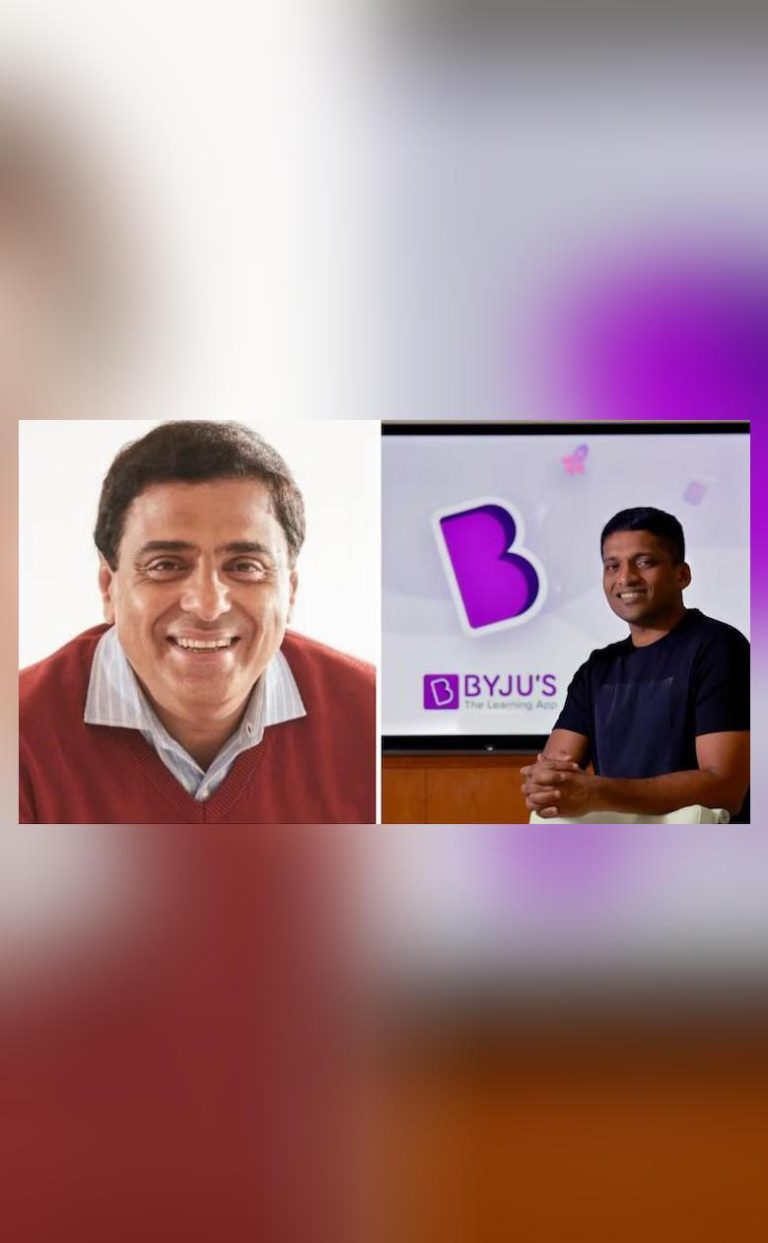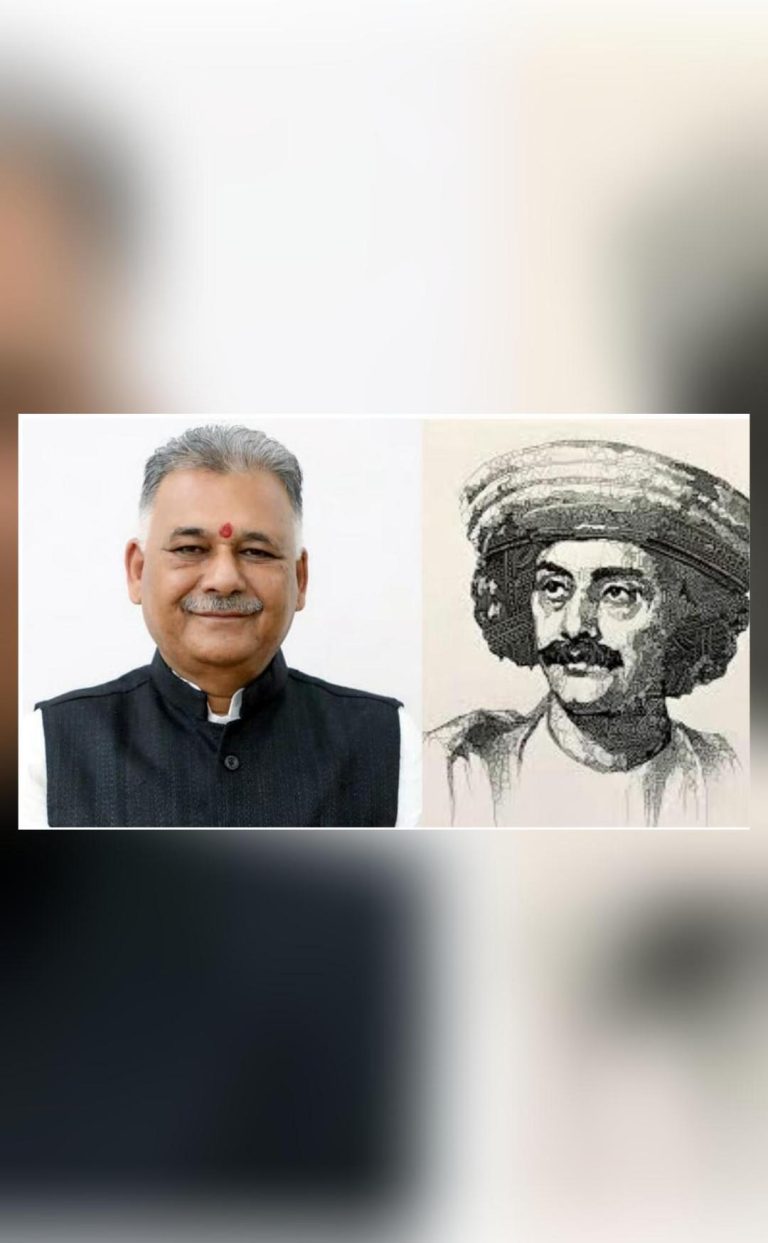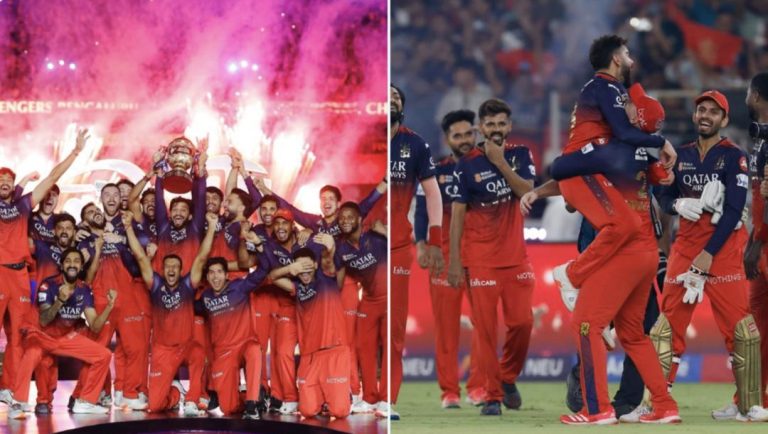
Insta Grabs Attention Fast; FB Builds Lasting Community & Loyalty
In today’s digital landscape, social media platforms have become essential tools for businesses to reach their target audience, build brand awareness, and drive sales. Among the many platforms available, Instagram and Facebook are two of the most popular and effective options. While both platforms have their unique strengths and weaknesses, they cater to different user preferences and engagement patterns.
In this blog post, we’ll delve into the differences between Instagram and Facebook, exploring how each platform can help you build brand recall and loyalty. We’ll examine the key characteristics of each platform, including user preferences, engagement patterns, and the types of content that perform well. By the end of this post, you’ll understand how to leverage the strengths of both platforms to achieve your marketing goals.
Instagram: A Platform of Fleeting Attention
Instagram is a visual-centric platform where users scroll through a feed of posts, stories, and reels. Its algorithm is designed to prioritize visually appealing content that grabs attention quickly. Instagram’s fleeting nature means that users are constantly discovering new content, but this also means that attention spans are short-lived.
Here are some key characteristics of Instagram:
- Visual-centric: Instagram is all about visuals, with users consuming a vast majority of content through images and videos.
- Fleeting attention: Users scroll through their feed quickly, with an average attention span of around 3-5 seconds per post.
- High engagement rates: Instagram has some of the highest engagement rates among social media platforms, with users often interacting with content through likes, comments, and shares.
To succeed on Instagram, you need to create content that is visually appealing, attention-grabbing, and engaging. This can include:
- High-quality images and videos
- Relevant hashtags to increase discoverability
- Captions that tell a story or evoke emotion
- Influencer partnerships to tap into niche audiences
- Instagram Stories and Reels to share behind-the-scenes content and sneak peeks
Facebook: A Platform of Lasting Community & Loyalty
Facebook, on the other hand, is a platform that fosters dialogue and community building. Its algorithm prioritizes content that sparks conversation, encourages engagement, and builds relationships. Facebook’s users are more likely to linger on the platform, engaging with content and interacting with others.
Here are some key characteristics of Facebook:
- Dialogue-driven: Facebook is a platform that encourages dialogue and conversation, with users often commenting, sharing, and engaging with content.
- Longer attention span: Facebook users tend to spend more time on the platform, with an average attention span of around 10-15 minutes per session.
- Higher retention rates: Facebook has higher retention rates than Instagram, with users often returning to the platform multiple times a day.
To succeed on Facebook, you need to create content that sparks conversation, encourages engagement, and builds relationships. This can include:
- Long-form content, such as blog posts and videos
- Encouraging comments and conversations through questions and polls
- Sharing user-generated content to build trust and credibility
- Creating and joining Facebook Groups to build community and loyalty
- Utilizing Facebook Live to engage with users in real-time
Conclusion
In conclusion, Instagram and Facebook are two platforms that cater to different user preferences and engagement patterns. While Instagram is ideal for grabbing attention quickly through visually appealing content, Facebook is better suited for building lasting community and loyalty through dialogue-driven content.
To build both brand recall and loyalty, you need to leverage the strengths of both platforms. Here are some key takeaways:
- Use Instagram to grab attention quickly through visually appealing content, high-quality images, and influencer partnerships.
- Use Facebook to build lasting community and loyalty through dialogue-driven content, long-form content, and Facebook Groups.
- Experiment with different content formats and engagement strategies on both platforms to find what works best for your brand.
- Monitor your analytics to track user engagement and adjust your content strategy accordingly.
By understanding the unique strengths and weaknesses of each platform, you can create a social media strategy that drives results and builds lasting relationships with your audience.
Source: https://www.growthjockey.com/blogs/instagram-vs-facebook-user-preferences-and-engagement






